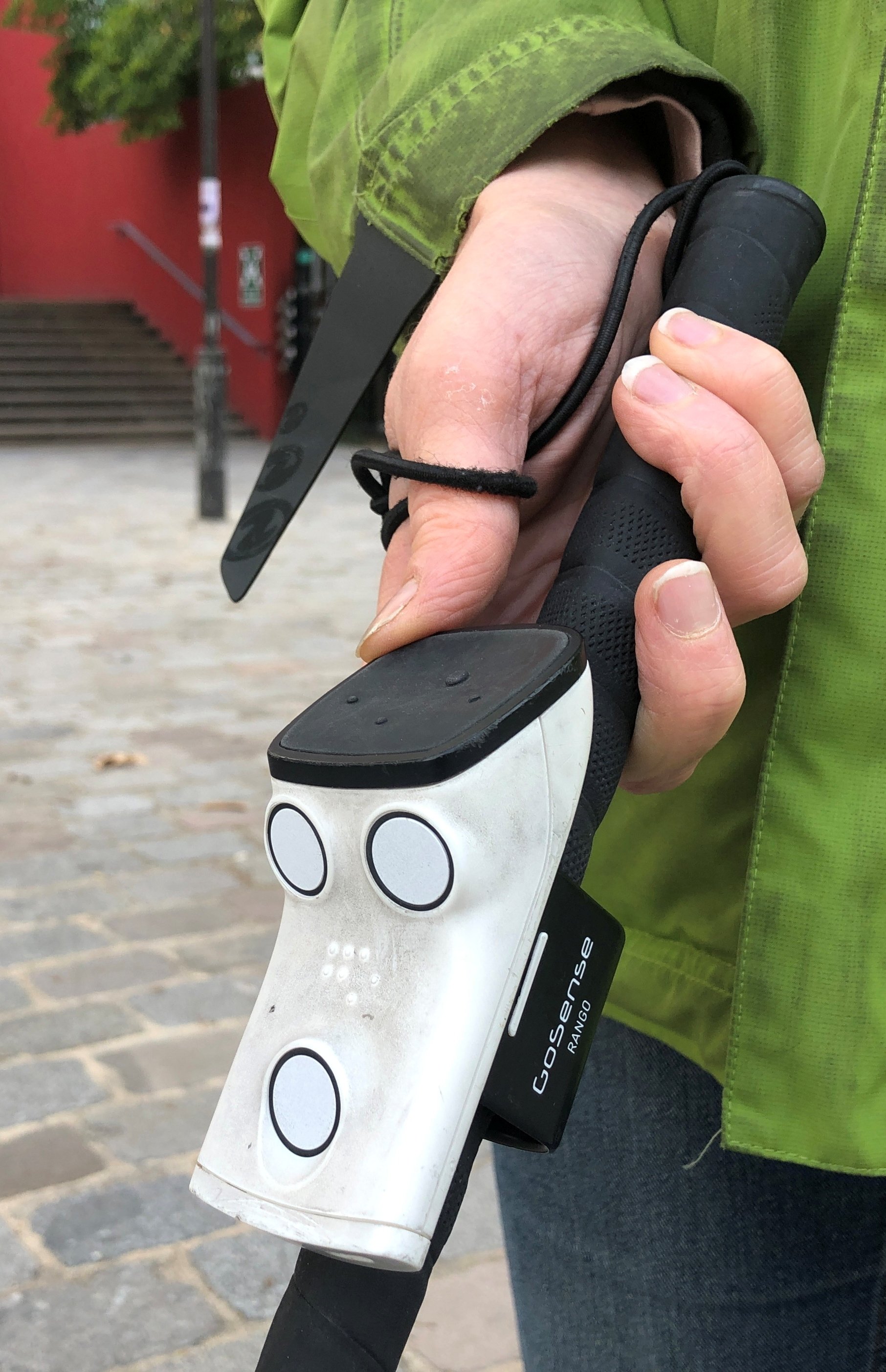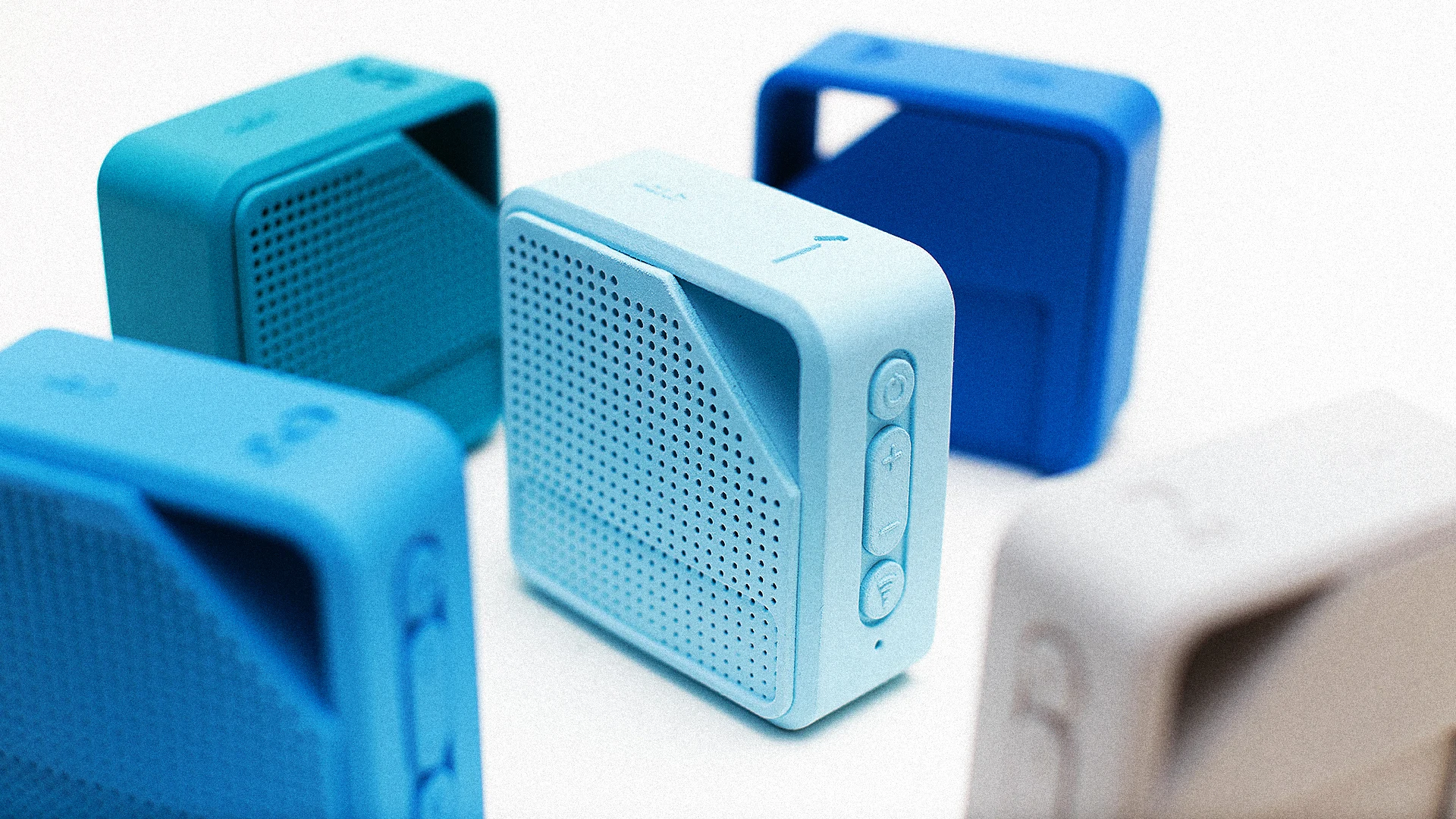Speech-to-Text Devices for Low Vision: Closing the Communication Gap
Speech-to-Text Devices for Low Vision: Closing the Communication Gap
Blog Article
Discover Ingenious Devices Created for the Aesthetically Impaired
The growth of cutting-edge devices for the aesthetically impaired represents a considerable improvement in access and freedom. Technologies such as clever glasses with AI abilities and mobile applications designed to offer auditory descriptions are reshaping daily experiences for users.
Smart Glasses for Navigating

Smart glasses created for navigating are revolutionizing the way aesthetically impaired people connect with their atmosphere. These sophisticated devices make use of a combination of camera technology, artificial knowledge, and acoustic responses to supply real-time details concerning environments. By utilizing challenge discovery systems, wise glasses can notify individuals to prospective dangers, allowing more secure wheelchair in both unfamiliar and acquainted setups.
The integration of GPS innovation better improves navigation capabilities, allowing individuals to obtain auditory directions as they move. This hands-free technique not just fosters independence but additionally empowers visually impaired individuals to navigate metropolitan landscapes with increased confidence. Furthermore, many wise glasses are geared up with functions that determine landmarks and road signs, offering contextual info that boosts the customer experience.
Furthermore, the growth of these devices is consistently progressing, with firms working to boost the accuracy of object recognition and broaden the range of navigational attributes. As smart glasses end up being a lot more budget-friendly and easily accessible, they hold the prospective to dramatically transform everyday life for aesthetically damaged users. Eventually, these ingenious tools stand for a crucial step towards inclusivity, offering enhanced flexibility and a better feeling of autonomy for people browsing the globe around them.

Mobile Application for Daily Living
Just how can mobile applications enhance the lives of visually damaged people? Mobile applications are transforming the means visually impaired individuals browse their settings, manage daily tasks, and accessibility details. These applications provide essential support via different performances, promoting independence and improving lifestyle.
Numerous cutting-edge mobile apps are made specifically for daily living. Applications like Be My Eyes connect visually damaged customers with sighted volunteers using video clip phone calls, allowing them to receive real-time aid with tasks such as reviewing tags or navigating unknown rooms. Seeing AI, created by Microsoft, uses synthetic intelligence to describe surroundings, reviewed text, and determine items, efficiently transforming a smart device right into a powerful tool for everyday help.
In addition, navigation apps customized for the visually damaged, such as Aira and BlindSquare, supply audio-based directions and ecological information, allowing users to traverse their surroundings securely and confidently. Past navigation and prompt assistance, mobile applications likewise support company and job management, with functions that assist users establish reminders, create order of business, and track consultations. In recap, mobile applications function as essential resources, encouraging visually impaired individuals to lead even more independent and fulfilling lives.
Wearable Technologies for Help
Empowerment via technology is progressively obvious in the realm of wearable devices developed to help visually impaired people. These innovative tools incorporate seamlessly right into day-to-day life, enhancing navigating and supplying important feedback to users. Wise glasses geared up with cameras can acknowledge faces and read text out loud, permitting users to interact more confidently in social and professional setups.
An additional noteworthy innovation is the use of haptic comments systems in wearable tools. These systems make use of resonances or other tactile signals to communicate information about the user's environment, such as barriers or changes in terrain, enhancing wheelchair and security. Wearable technologies likewise consist of wristbands that attach to smartphones, alerting customers to alerts with refined resonances, thus improving connection without reliance on visual hints.
As these technologies continue to progress, they are not only enhancing freedom for visually impaired people yet also promoting a higher feeling of addition in culture. By bridging the void in between difficulties dealt with in day-to-day living and the possibility for freedom, wearable innovations work as essential tools in the quest for equal rights and empowerment for those with aesthetic impairments.
Sound Summary Devices
Sound summary devices play an important function in enhancing access for visually damaged individuals, giving them with the capability to involve with visual media. Mobility aids for visually impaired users. These tools provide narrated descriptions of vital visual elements in movies, tv shows, and live efficiencies, guaranteeing that users can fully understand the context and feelings communicated via visuals
Sound description can be integrated right into various systems, consisting of streaming solutions, cinema testings, and live cinema. Lots of prominent streaming solutions now consist of audio description as an availability feature, permitting viewers to select go it conveniently. In enhancement to mainstream media, specialized apps likewise exist, giving audio summaries for art events, galleries, and various other social events.
The performance of audio summary depends upon the ability of the storytellers, who must convey aesthetic information succinctly without detracting from the initial audio. Advancements in this area are likewise leading the way for more individualized experiences, where individuals can adjust the level of information and pacing according to their preferences.
Braille Innovations and Gadgets
Braille innovations and gadgets have significantly transformed the method visually impaired individuals communicate with text and details. Modern advancements have actually led to the growth of versatile devices that enhance proficiency and freedom amongst users. Notably, Braille display technologies have developed, enabling vibrant reading experiences. These devices transform digital message right into Braille, making it possible for individuals to access a substantial selection of information on smartphones, computers, and tablets.
In addition, portable Braille notetakers incorporate conventional Braille input with contemporary capabilities, helping with note-taking, organizing, and paper modifying on the move. OCR devices for the blind. These portable tools usually include text-to-speech abilities, connecting the space between Braille and auditory details
In enhancement, cutting-edge Braille printers have emerged, permitting customers to create Braille tags, documents, and educational products successfully. This access fosters greater involvement in expert and educational environments, inevitably advertising inclusivity.
Additionally, study into clever Braille modern technologies proceeds to increase. Tools that include expert system are being discovered to provide real-time navigating support and contextual info, boosting the customer experience in diverse settings. Overall, these developments mirror a commitment to equipping aesthetically impaired individuals through technology, ensuring they can quickly access and involve with the world around them.

Conclusion
The advancement of ingenious devices for the aesthetically impaired significantly enhances freedom and top quality of life. image source Smart glasses, mobile applications, wearable innovations, audio description tools, and Braille innovations collectively empower individuals by supplying important navigation aid, ecological understanding, and boosted reading experiences. These innovations not only foster higher addition but also advertise autonomy in daily activities, inevitably contributing to a more easily accessible and fair culture for visually impaired people. Continued growth in this area holds promise for further enhancements.
As clever glasses end up being extra affordable and obtainable, they hold the potential to substantially transform everyday life for aesthetically impaired individuals. Mobile apps are reinventing the method visually damaged users navigate their environments, handle day-to-day tasks, and accessibility info. Apps like Be My Eyes attach visually damaged individuals with sighted volunteers using video calls, permitting them to obtain real-time assistance with tasks such as reviewing labels or navigating unfamiliar rooms.In addition, navigating applications customized for the visually impaired, such as Aira and BlindSquare, useful content provide audio-based directions and environmental details, allowing individuals to traverse their environments safely and confidently.The advancement of ingenious tools for the visually damaged significantly improves independence and top quality of life.
Report this page